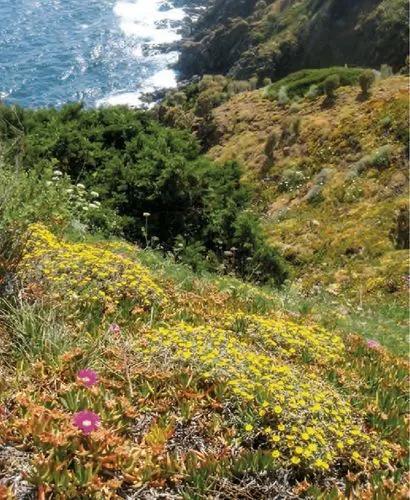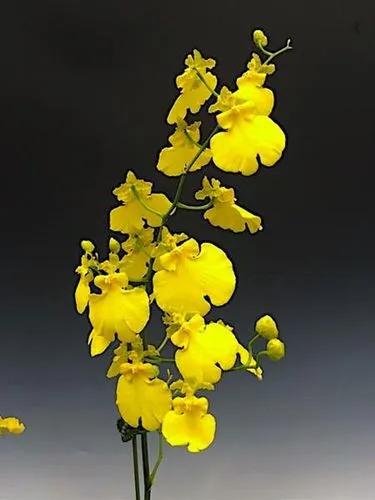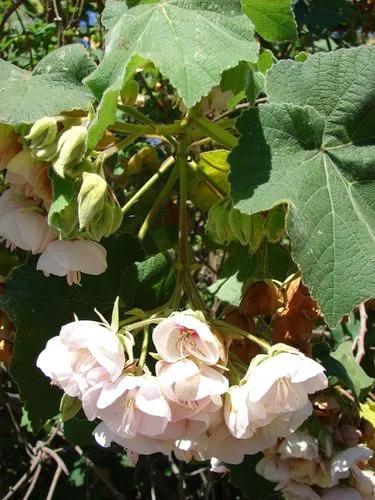Rock Stonecrop is an attractive, low-maintenance plant that thrives in numerous climates and garden conditions. This succulent is an excellent choice for gardeners who wish to add a splash of color due to its tenacity, drought tolerance, and striking yellow flowers.
Rock Stonecrop Care
Sedum forsterianum



The succulent perennial Rock Stonecrop (Sedum forsterianum) is native to Europe, Asia, and North Africa. This plant is popular among gardeners and landscapers due to its exceptional hardiness. Look for thick, fleshy, green leaves arranged in rosettes to identify Rock Stonecrop. The stems have a white, waxy coating, and the leaves are typically red and purple—the plant blooms in the summer with yellow flowers that resemble stars.
How to Care for the Plant

Container

When growing a plant in a container, the container must be large enough to accommodate the plant's roots. The most important aspect of a container for succulents is drainage holes. All care tips for growing this Sedum outdoors apply to container care, both indoors and outdoors.

Popularity

593 people already have this plant 126 people have added this plant to their wishlists
Discover more plants with the list below
Popular articles






